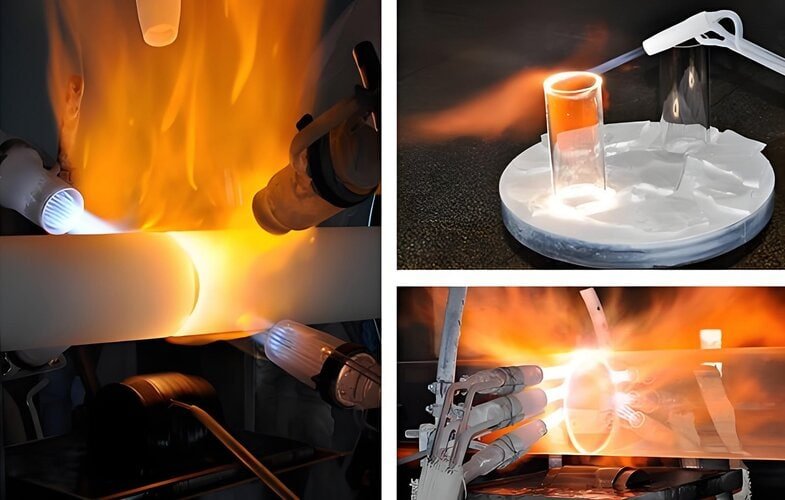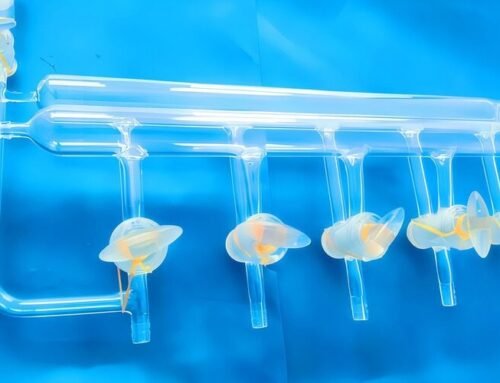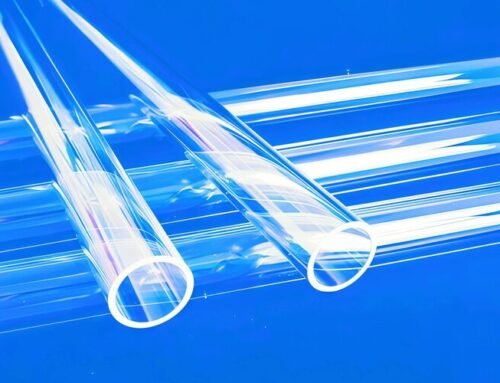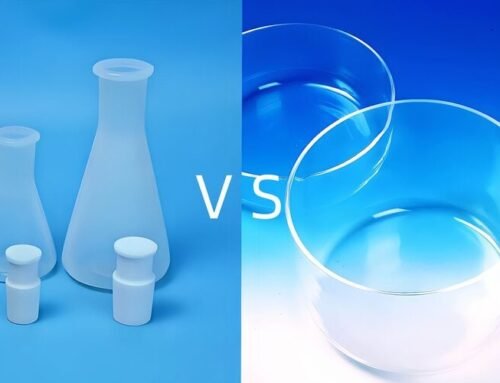Quartz glass is capable of withstanding temperatures in excess of 1100 degrees Celsius and possesses excellent heat resistance properties. Its high-temperature stability is attributable to its unique atomic structure and chemical composition, which enable it to remain stable in high-temperature environments.
Quartz glass, a high-performance glass composed primarily of silicon dioxide, has attracted significant attention due to its distinctive physical and chemical properties. Among its notable qualities, its heat resistance is particularly outstanding, with the ability to withstand temperatures of up to 1100 degrees Celsius. Therefore, it is important to understand why quartz glass has such excellent heat resistance. This article will provide insights from multiple perspectives on this topic.
Firstly, an exploration of the high-temperature stability of quartz glass is necessary. Quartz glass possesses the capability to maintain its transparency and optical properties at high temperatures, and is not susceptible to deformation or cracking. This phenomenon is attributed to its distinctive atomic structure. The strength of the silicon-oxygen bond in the silicon dioxide molecule renders it capable of withstanding elevated temperatures without undergoing degradation. Furthermore, quartz glass possesses a relatively low coefficient of thermal expansion, which signifies that its dimensions undergo less alteration when subjected to temperature fluctuations. This mitigates the risk of fracture caused by thermal stress.
Secondly, the chemical stability of quartz glass must also be considered when evaluating its heat resistance. As the temperature increases, a significant proportion of materials undergo a chemical reaction, resulting in a reduction in their performance. Nevertheless, quartz glass is distinguished by its exceptional chemical stability and resistance to corrosion and oxidation, even at high temperatures. This property enables quartz glass to maintain excellent performance even in harsh environments.
Furthermore, the manufacturing process of quartz glass has a significant impact on its heat resistance. The performance of quartz glass can be further optimized through the control of factors such as the purity of raw materials, the melting temperature and the duration of the melting process. For instance, a reduction in impurity content and enhancement of crystallinity have been demonstrated to improve the heat resistance of quartz glass.
It should be noted that quartz glass has certain limitations regarding its thermal resistance. Although it exhibits excellent heat resistance, quartz glass may undergo deformation, softening, or even melting when exposed to temperatures beyond its tolerance range. Therefore, it is essential to understand the specific thermal resistance limits of quartz glass and make informed decisions in material selection and application according to actual operating conditions.
In summary, due to its outstanding thermal stability, quartz glass has been widely utilized in various fields, including high-temperature furnaces, optical instruments, and aerospace systems. A thorough understanding of its thermal properties enables more effective utilization across technological and industrial applications, thereby supporting advancements in science and industry.






